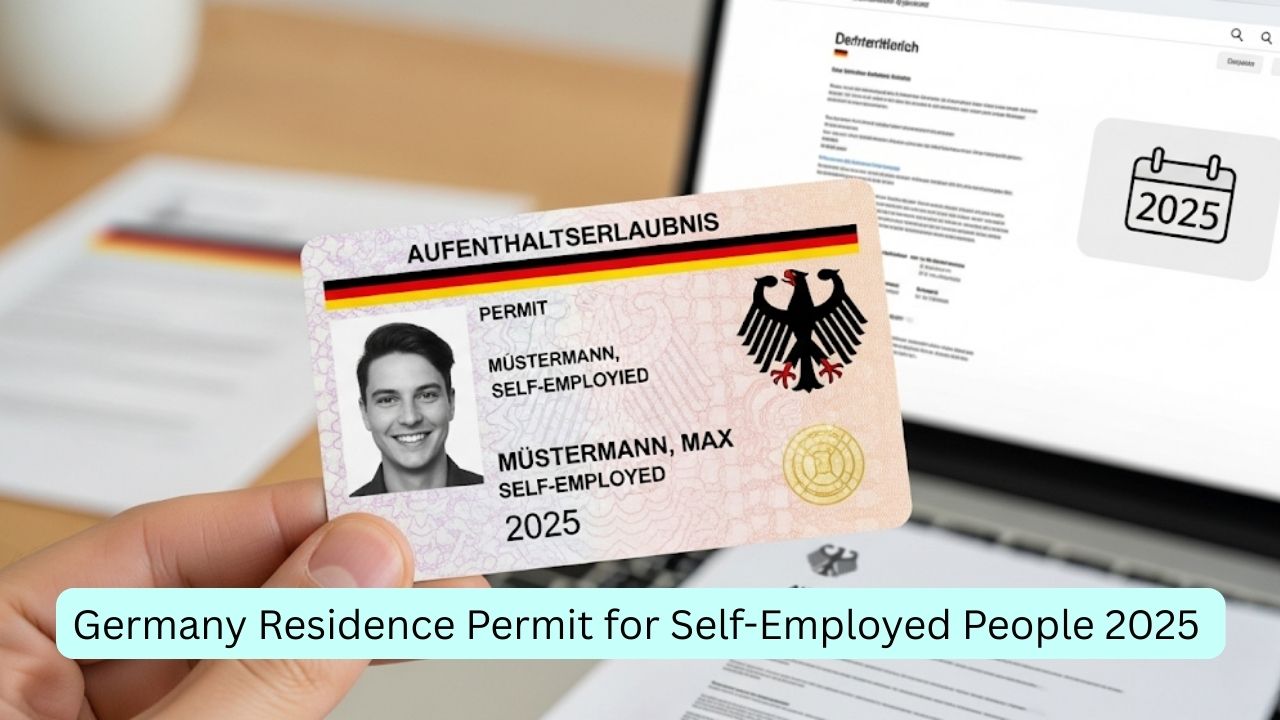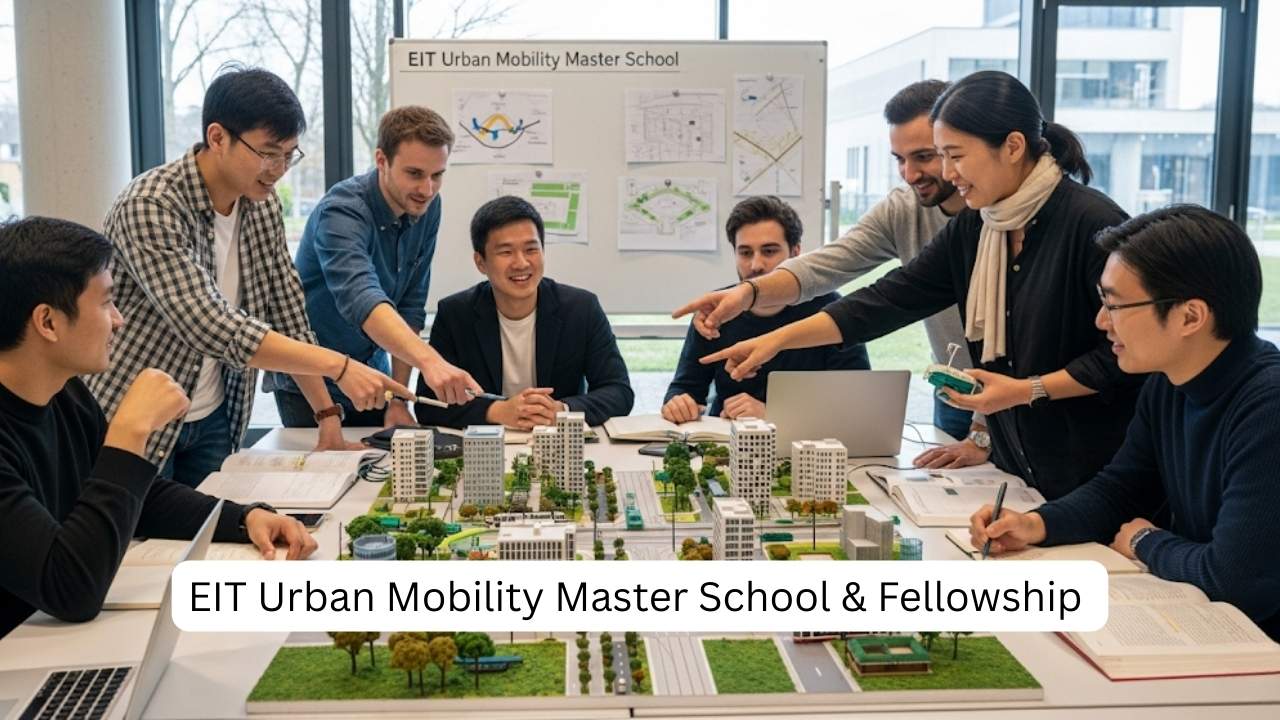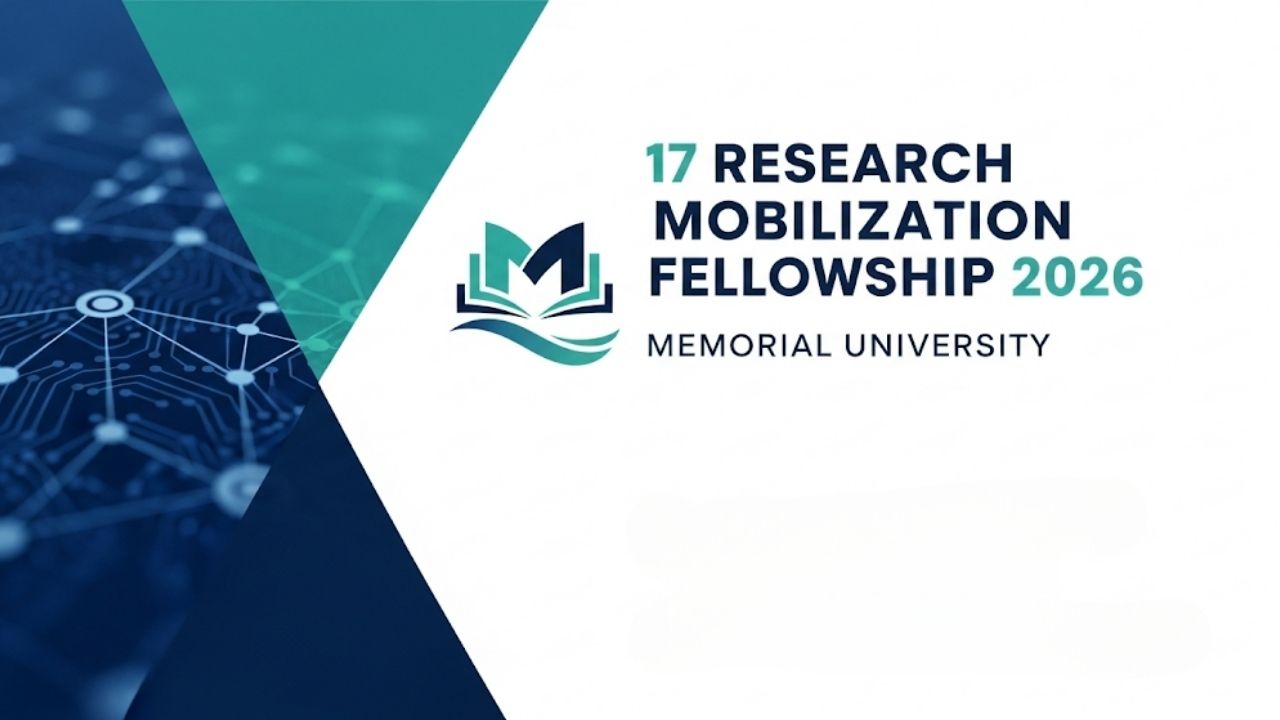The search for the Schloss Wiepersdorf Fellowships 2026 often begins with a simple, powerful desire: the need for time and space. Time to think, create, and delve deep into a project without the interruptions of daily life. And space—not just a physical studio, but the mental and inspirational room to grow. If this sounds like you, then this prestigious artist residency in the German countryside might be the opportunity you’ve been waiting for. This guide will walk you through everything you need to know, from eligibility to crafting a standout application, turning your dream of a creative retreat into a tangible plan.
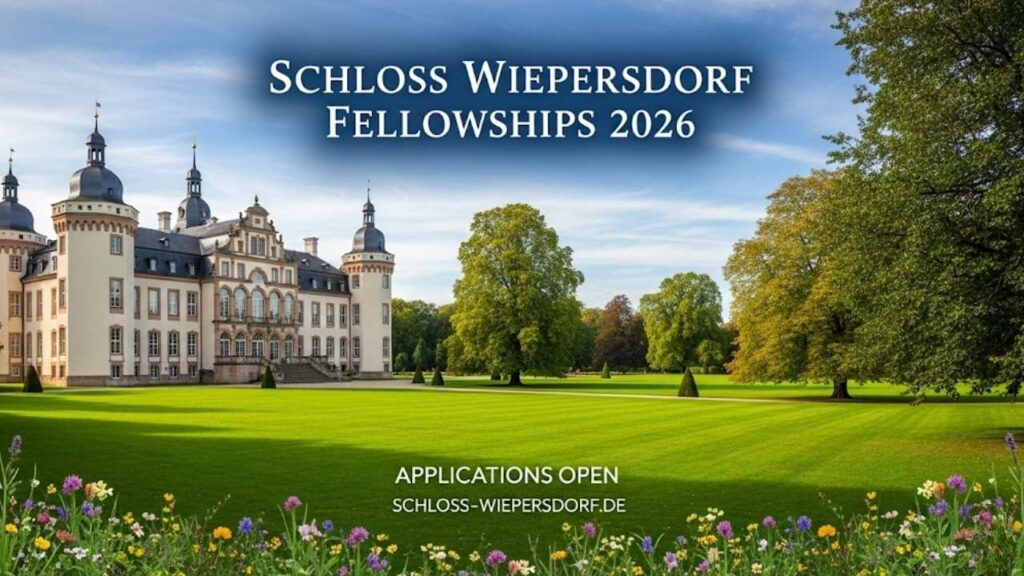
Schloss Wiepersdorf Fellowships 2026
| Key Fact | Detail, Kulturstiftung Schloss Wiepersdorf. |
| Location | Wiepersdorf, Brandenburg, Germany |
| Disciplines | Literature, Science/Humanities, Music & Sound Art, Visual Arts |
| Funding | Fully funded, includes monthly stipend, accommodation, and studio |
| Duration | Typically three months |
Applying for the Schloss Wiepersdorf Fellowships 2026 is more than just filling out a form; it’s an act of investing in your own creative potential. It is a chance to step away from the noise and give your work the attention it deserves in an environment designed to nurture it.
The process is rigorous, but the reward is immeasurable. Begin your research now, start shaping your project idea, and prepare to present the most authentic and compelling version of your artistic vision. Your time at this historic German retreat could be a transformative chapter in your creative journey.
What Makes Schloss Wiepersdorf a Coveted Artist Residency?
Nestled in the picturesque Fläming region of Brandenburg, Schloss Wiepersdorf is more than just a beautiful building; it’s a place steeped in cultural history. Once the home of Ludwig Achim and Bettina von Arnim, central figures of German Romanticism, the estate has a legacy of fostering intellectual and artistic exchange. This spirit continues today, making it a truly unique artist residency in Germany.
The fellowship is designed to give you one of the most valuable resources an artist can have: uninterrupted focus. But it’s not about total isolation. The program brings together a small, diverse group of international artists, writers, composers, and scholars. This interdisciplinary environment fosters spontaneous conversations over dinner, shared walks in the castle park, and the potential for collaborations that can influence your work for years to come.
Are You Eligible for the Schloss Wiepersdorf Fellowships 2026?
The fellowships are highly competitive, but the eligibility criteria are designed to be inclusive of a wide range of creative professionals. Let’s break down who can apply.
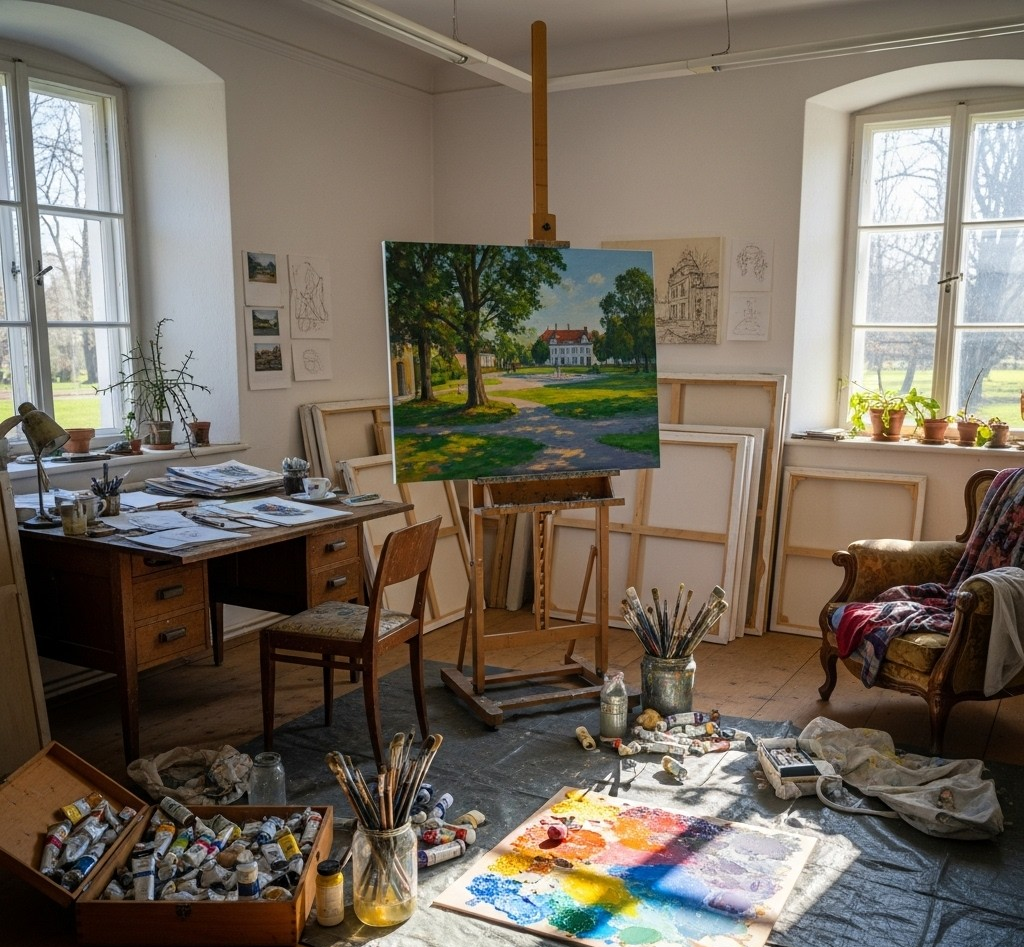
A Wide Creative Spectrum
Schloss Wiepersdorf welcomes applications from individuals working in a variety of fields. The core fellowship categories generally include:
- Literature: Poetry, prose, drama, essays, and literary translation.
- Science & Humanities: Academics and scholars pursuing specific research projects.
- Music & Sound Art: Composers and sound artists.
- Visual Arts: Painting, sculpture, photography, digital art, performance art, and more.
There are also often specialized fellowships offered in partnership with other institutions, so it’s always worth checking the specific calls for applications.
General Requirements for Applicants
While each call may have slightly different nuances, the core requirements usually remain consistent:
- Professional Accomplishment: Applicants are expected to have a track record of publications, exhibitions, performances, or academic work that demonstrates a high level of artistic or scholarly merit. This is not a program for beginners or students currently enrolled in a degree program.
- A Concrete Project: You must have a specific project you intend to work on during your stay. This is the heart of your application.
- Residency Requirement: All fellows are expected to reside at Schloss Wiepersdorf for the entire duration of the fellowship period.
In my experience advising applicants, one common hurdle is underestimating the importance of the project proposal. It’s not enough to be a talented artist; you must show the selection committee that you have a clear, compelling vision for your time at the residency.
The Fellowship Package: A Fully Funded Opportunity
One of the most significant advantages of this program is that it is a fully funded fellowship in Germany. The foundation understands that financial stability is crucial for creative freedom. The support package allows you to immerse yourself fully in your work without financial worry.
Here’s what a fellowship typically includes:
- A Monthly Stipend: A tax-free cash stipend to cover living expenses, materials, and other personal costs. The exact amount is specified in the annual call for applications.
- Free Accommodation: A private, furnished apartment within the castle or one of the adjacent historic buildings.
- Studio Space: Access to a dedicated studio or workspace appropriate to your discipline.
- Travel Costs: A contribution towards your travel expenses to and from Wiepersdorf may also be included.
How to Apply for Schloss Wiepersdorf: A Step-by-Step Guide
Navigating the application process can feel daunting, but with careful preparation, you can present a strong and persuasive case.
Step 1: Mark Your Calendar
The application window is specific and usually opens about a year in advance. For the 2026 fellowships, you should start looking for the official announcement on the Kulturstiftung Schloss Wiepersdorf website around mid-to-late 2024. Deadlines are strict, so make a note of them as soon as they are published.
Step 2: Prepare Your Documents
Gathering your materials takes time, so start early. You will typically need:
- Project Proposal: A detailed description (usually 2-3 pages) of the project you plan to work on.
- Curriculum Vitae (CV): An updated CV outlining your artistic or academic career.
- Portfolio/Work Samples: A curated selection of your best work, such as excerpts of writing, images of artwork, or recordings of compositions. Follow the format and size guidelines precisely.
Step 3: Crafting a Winning Project Proposal
Your proposal should be clear, concise, and compelling. It needs to answer three key questions:
- What do you want to create or research?
- How will you accomplish this during your three-month stay?
- Why is Schloss Wiepersdorf the ideal location for this specific project? Connect your project to the history, the quiet environment, or the interdisciplinary community.
Step 4: Submitting Through the Online Portal
All applications must be submitted through the official online portal. Do not wait until the last day to submit! Technical glitches can happen, so give yourself a buffer of at least a few days to upload everything and double-check your application before hitting “submit.”
Life as a Fellow: What to Expect
Imagine waking up to the sound of birds, taking a morning walk through a historic park, and then settling into your studio for a long, productive day. Evenings might be spent sharing a meal with a novelist from Argentina, a composer from Japan, and a historian from the United States. This is the rhythm of life at Wiepersdorf.
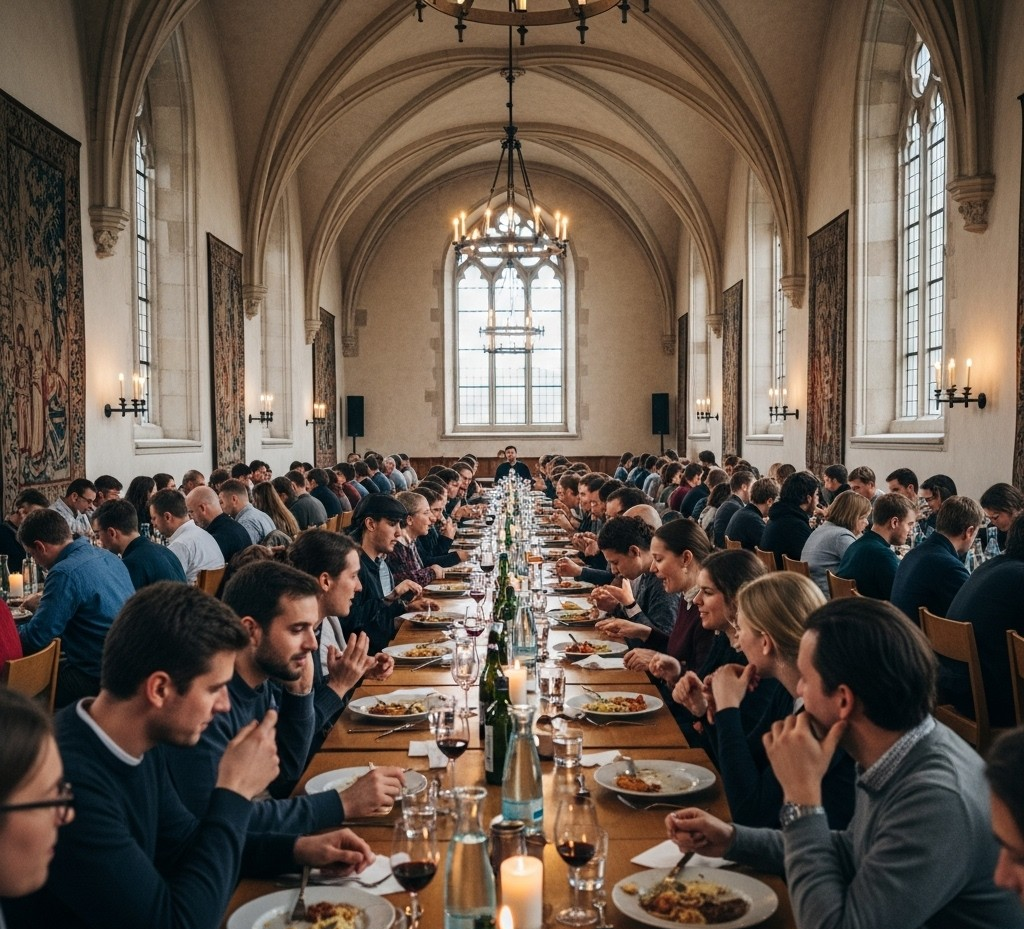
Your Ultimate Guide to American University of Sharjah Fellowships 2026 Open for Applications
FAQ
Q1:Can international artists from outside Germany apply?
Yes, absolutely. Schloss Wiepersdorf prides itself on its international community and strongly encourages applications from artists and scholars all over the world.
Q2:Is knowledge of the German language required?
While knowledge of German can be helpful for daily life in the region, it is not a requirement for the fellowship. The working language among the fellows is often English.
Q3:Can I apply as a duo or a collective?
Generally, the fellowships are awarded to individuals. However, some specific calls or partnership fellowships may allow for collaborative applications. Always check the guidelines for the specific fellowship you are interested in.
Q4:What is the selection process like?
An independent jury of experts for each discipline reviews the applications. The selection is based on the quality of the applicant’s previous work and the strength and feasibility of the proposed project.

